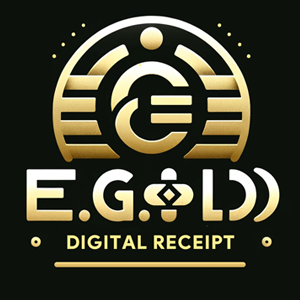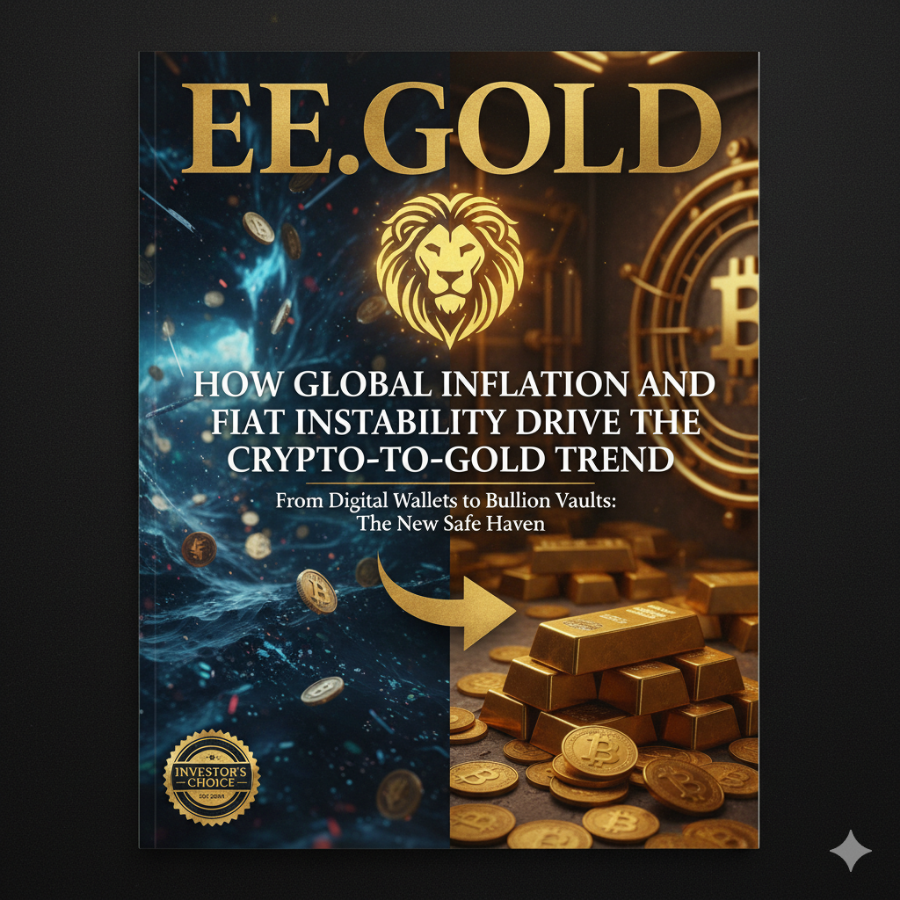
In recent years, a notable shift has emerged in the financial landscape: investors are increasingly turning to cryptocurrencies and gold as hedges against global inflation and fiat currency instability. This trend reflects growing concerns about traditional monetary systems and the economic forces undermining their reliability. Both crypto and gold, often viewed as alternative stores of value, have gained traction as individuals and institutions seek to protect their wealth from eroding purchasing power and systemic risks. This article explores the drivers behind this shift, examining how inflation and fiat instability are fueling the crypto-to-gold trend.
The Resurgence of Inflation
Inflation, the persistent rise in the cost of goods and services, has reemerged as a global economic challenge. Central banks, tasked with maintaining price stability, have struggled to tame inflation without stifling growth. Policies such as prolonged low interest rates and massive stimulus packages, particularly in response to economic crises, have flooded economies with liquidity. While these measures aimed to stabilize markets, they’ve often led to unintended consequences, including soaring consumer prices.
For example, supply chain disruptions, energy crises, and labor shortages have compounded inflationary pressures, reducing the purchasing power of fiat currencies like the dollar, euro, and yen. As inflation erodes savings and real wages, investors are seeking assets that can preserve value over time. This search has spotlighted gold, a time-tested safe haven, and cryptocurrencies, which offer a modern, decentralized alternative.
Fiat Instability: A Crisis of Confidence
Fiat currencies, backed by government trust rather than physical assets, rely on public confidence in institutions. However, that confidence is waning. Excessive money printing, rising national debts, and geopolitical tensions have raised questions about the long-term stability of fiat systems. When governments or central banks mismanage monetary policy—through over-leveraging or unchecked spending—currencies can lose value rapidly, sometimes spiraling into hyperinflation.
Historical examples of fiat collapse, such as in Zimbabwe or Venezuela, serve as stark reminders of what happens when trust in currency evaporates. Even in less extreme cases, like persistent inflation in developed economies, the gradual devaluation of fiat fuels skepticism. Investors are increasingly wary of holding cash or bonds, which offer diminishing returns in real terms. This distrust pushes them toward assets perceived as immune to centralized control or inflationary decay—namely, gold and cryptocurrencies.
Gold: The Timeless Safe Haven
Gold has long been a go-to asset during times of economic uncertainty. Its intrinsic value, scarcity, and independence from any single government make it a reliable store of wealth. Unlike fiat currencies, which can be printed at will, gold’s supply is finite, making it an effective hedge against inflation. During periods of high inflation or currency devaluation, gold prices often rise as investors flock to its stability.
The appeal of gold lies in its historical track record. For centuries, it has served as a universal medium of exchange and a refuge during crises. In today’s volatile markets, gold’s role as a safe haven remains intact, attracting investors who seek tangible assets that can weather economic storms. Its physical nature and global acceptance make it a cornerstone of portfolios looking to mitigate risks tied to fiat instability.
Cryptocurrencies: The Digital Challenger
Cryptocurrencies, particularly Bitcoin, have emerged as a modern counterpart to gold. Often dubbed “digital gold,” Bitcoin shares key characteristics with its physical predecessor: a limited supply, decentralization, and independence from central banks. Unlike gold, however, cryptocurrencies operate on blockchain technology, offering transparency, portability, and accessibility in a digital age.
Bitcoin’s fixed supply cap of 21 million coins mirrors gold’s scarcity, positioning it as a potential hedge against inflation. Other cryptocurrencies, like Ethereum, offer additional utility through smart contracts and decentralized applications, broadening their appeal. The rise of decentralized finance (DeFi) and non-fungible tokens (NFTs) has further expanded the crypto ecosystem, drawing in investors seeking alternatives to traditional financial systems.
Crypto’s allure also stems from its borderless nature. In regions with unstable currencies or restrictive banking systems, cryptocurrencies provide a means to store and transfer wealth without relying on intermediaries. This accessibility has made crypto particularly popular in emerging markets, where fiat currencies are often volatile.
The Crypto-to-Gold Connection
While gold and cryptocurrencies differ in form—one physical, the other digital—they share a common purpose: preserving wealth in an uncertain world. The crypto-to-gold trend reflects a dual strategy among investors. Some allocate funds to both assets, diversifying their portfolios to balance the stability of gold with the growth potential of crypto. Others shift between the two based on market conditions, viewing them as complementary hedges against fiat erosion.
This trend is particularly pronounced during periods of economic turbulence. When inflation spikes or fiat currencies weaken, both gold and crypto often see increased demand. For instance, Bitcoin’s price surges have historically coincided with periods of monetary expansion, while gold’s value tends to rise during geopolitical or economic crises. Together, these assets offer a hedge against the vulnerabilities of fiat systems, appealing to those who prioritize financial sovereignty.
Challenges and Risks
Despite their appeal, both gold and cryptocurrencies come with risks. Gold, while stable, offers no yield and can be subject to price volatility driven by market sentiment or macroeconomic shifts. Its physical nature also poses logistical challenges, such as storage and security. Cryptocurrencies, meanwhile, face regulatory uncertainty, technological risks, and extreme price swings. The crypto market’s relative youth and susceptibility to speculation can deter risk-averse investors.
Moreover, the crypto-to-gold trend is not without critics. Some argue that cryptocurrencies lack the intrinsic value of gold, relying instead on speculative demand. Others caution that both assets can be influenced by broader market dynamics, such as interest rate hikes or shifts in investor sentiment, which can dampen their effectiveness as hedges.
The Road Ahead
The crypto-to-gold trend underscores a broader shift in how people perceive value and security in an era of economic uncertainty. As inflation and fiat instability persist, the appeal of decentralized, scarce assets is likely to grow. While gold remains a bedrock of financial stability, cryptocurrencies offer a dynamic, tech-driven alternative that resonates with a new generation of investors.
Looking forward, the interplay between these assets will depend on global economic conditions, regulatory developments, and technological advancements. Investors navigating this landscape must weigh the trade-offs: gold’s proven track record versus crypto’s potential for innovation and growth. What’s clear is that the erosion of fiat confidence is reshaping financial priorities, driving a movement toward assets that promise resilience in an unpredictable world.
In conclusion, the crypto-to-gold trend is more than a passing fad—it’s a response to systemic challenges in the global economy. By embracing both gold and cryptocurrencies, investors are taking a stand against inflation and fiat instability, seeking to safeguard their wealth in a rapidly changing financial frontier.
NOTE
This Content is the copyrighted content of EE.GOLD. All rights are reserved. You are welcome to share or use our content only by including direct links to our website. Any other form of reproduction, distribution, or use without proper attribution is strictly prohibited.
This Content is intended solely for educational purposes. The information provided does not constitute financial or investment advice.
Please note that Digital Storage Receipt, Secure Storage Solutions, and Physical Gold Sales are the only services offered by EE.GOLD.
We strictly adhere to government regulations and are firmly against all illegal financial or investment activities globally.
For further inquiries, feel free to contact us through our official channels.

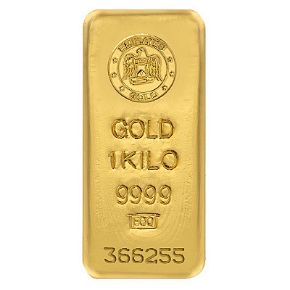


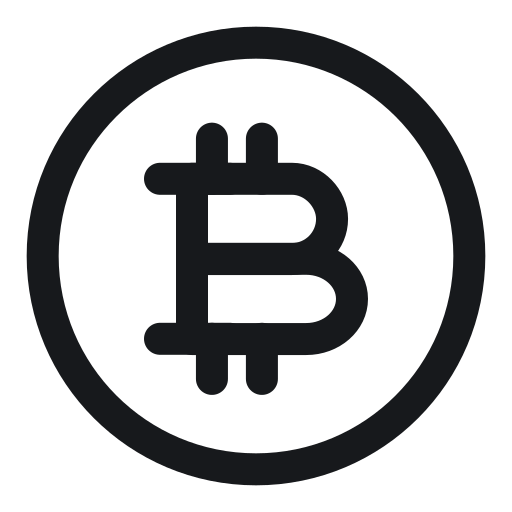


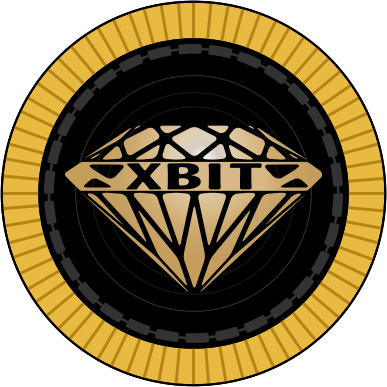


.png)

